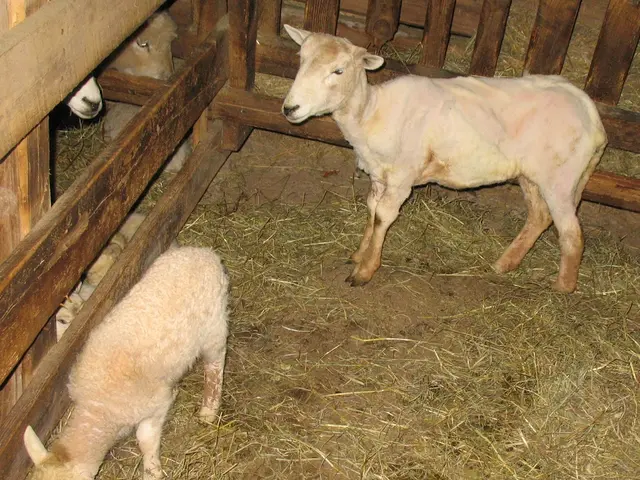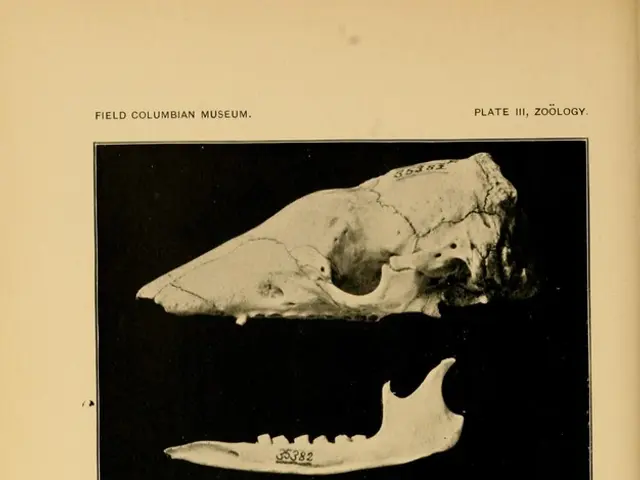The Impact of Dietary Regime on the Healing Process of CrossFit-Related Injuries
Rolling Up the Sleeves on CrossFit Injuries: The Essential Role of Nutrition
Setbacks in CrossFit are inevitable—from minor scrapes to severe fractures, injuries can throw a wrench in even the most dedicated fitness routine. But fear not, the impact of CrossFit injuries needn't be life-altering! That's where proper nutrition steps in to aid recovery and help our bodies bounce back stronger than ever.
Nutrition: The Unsung Hero of CrossFit Injury Recovery
Good nutrition goes beyond fueling our bodies during intense workouts; it actively supports the body through its healing process. Here's why it's vital in overcoming CrossFit injuries:
1. Building Blocks for Tissue Repair
Injuries cause stress and damage to bodily tissues. A nutrient-rich diet filled with proteins, amino acids, and other essential building blocks expedites tissue repair and growth, helping to speed up the recovery process. A balanced protein intake, from sources like lean meats, fish, beans, or plant-based options, provides the necessities for rebuilding damaged tissues.
2. Managing Inflammation
Inflammation is a natural response to injury but can hinder recovery if it lingers. Proper nutrition, comprising foods with anti-inflammatory properties like fruits, vegetables, nuts, and fatty fish enriched with omega-3 fatty acids, helps manage inflammation and encourages a swift healing process.
3. Bolstering the Immune System
Post-injury, our immune system blindly charges into battle against potential infections. Boost your immune system's arsenal with a well-balanced diet filled with vitamins and minerals from fruits, veggies, and whole grains. By fortifying our defenses, we reduce the odds of contracting infections that may divert energy from the recovery process.
4. Fortifying Bone Health
Bone-related injuries, such as fractures or stress fractures, necessitate a nutrient-dense diet rich in calcium, vitamin D, and other essential minerals to optimize bone strength and speed up healing. Opt for bone-building foods like dairy products, leafy greens, and calcium-fortified cereals.
5. Fueling the Recovery Engine
Recovery requires energy, and our bodies draw on the nutrients in our diet for sustenance. Consuming an ample caloric intake of carbohydrates, healthy fats, and proteins keeps the recovery engine fine-tuned and prevents muscle wasting while immobilized.
6. Combating Nutrient Deficiencies
An inactive recovery period can lead to reduced muscle mass or weight loss, resulting in nutrient deficiencies. Combat this issue by reaching for nutrient-dense foods like whole grains, lean proteins, and a variety of fruits and vegetables to keep your nutrient levels optimized during the healing process.
In essence, nutrition plays a vital role in the recovery journey after CrossFit injuries. It provides the necessary nutrients, promotes tissue repair, manages inflammation, bolsters the immune system, fortifies bone health, fuels recovery, and combats nutrient deficiencies. Nutrition, therefore, is an indispensable tool in supporting our comeback from CrossFit setbacks.
For a deeper understanding of CrossFit injury treatment, feel free to visit our clinic.
Health-and-wellness practices extend beyond personal fitness; they play a crucial role in recovery from CrossFit injuries. Proper nutrition, encompassing science-backed principles such as a diet rich in proteins, fruits, vegetables, and whole grains, assists in building tissues, managing inflammation, bolstering the immune system, fortifying bone health, fueling the recovery engine, and combating nutrient deficiencies. Engaging in fitness-and-exercise routines whilst maintaining a balanced diet is key to ensuring the body recovers optimally from sports-related injuries.








